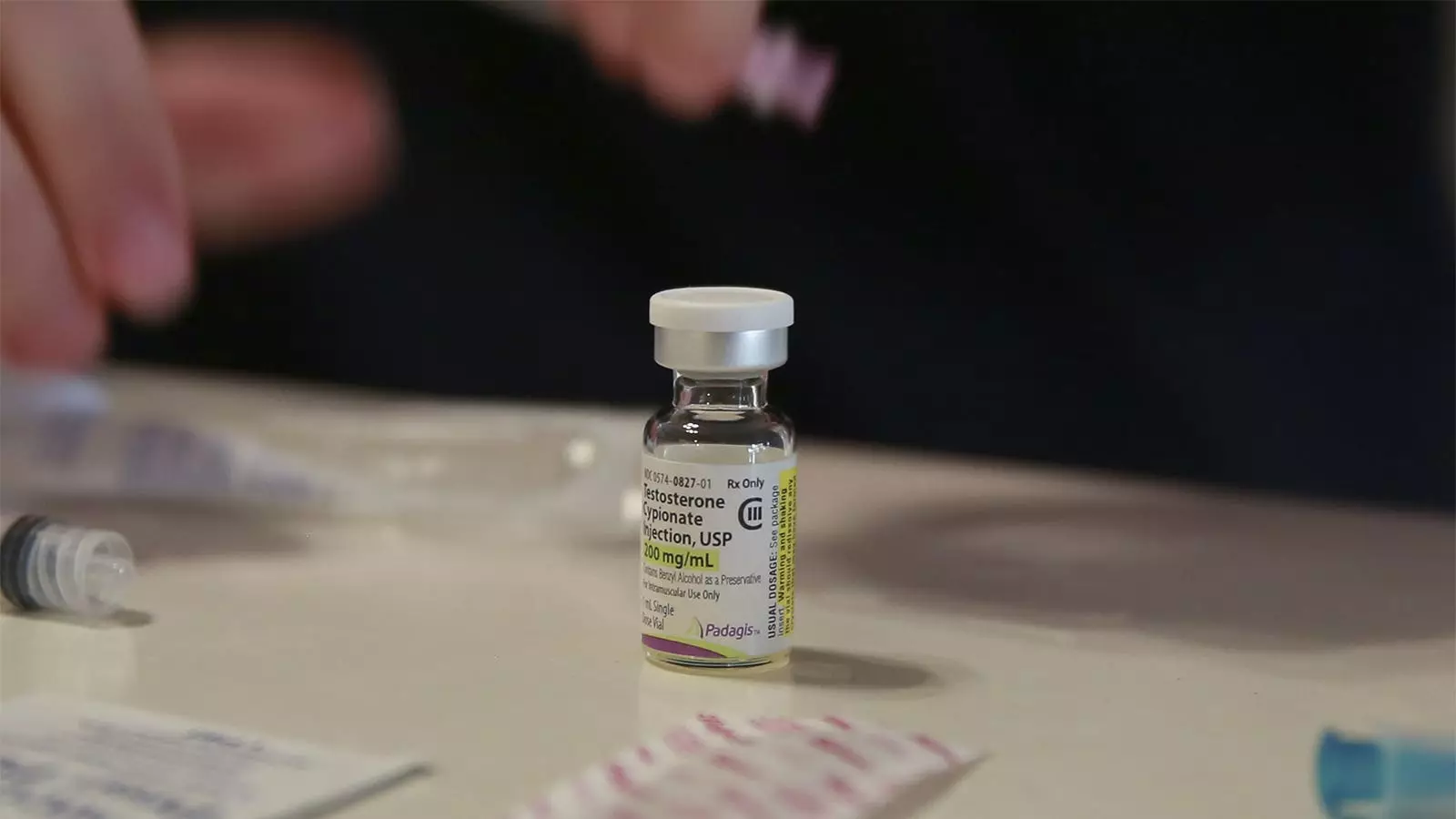The debate surrounding healthcare for transgender youth in the United States remains fraught with misinformation and heated emotions. As state lawmakers grapple with policies that affect the availability of gender-affirming treatments, understanding the actual number of adolescents receiving these services is critical. Recent research provides a clearer picture of the demographics involved in this healthcare issue, shedding light on the necessity of evidence-based discussions rather than anecdotal claims.
A recent study published in JAMA Pediatrics presents the most credible estimate yet on the use of gender-affirming medications among adolescents in the United States. Between 2018 and 2022, it was found that less than 1 in 1,000 adolescents with private insurance received puberty blockers or hormones, indicating a much smaller prevalence of medical interventions than many assumptions suggest. The research analyzed an extensive claims database covering over 5 million youth aged 8 to 17. Of those, only 926 individuals were prescribed puberty blockers, and 1,927 received hormones during the study period. These findings paint a picture of cautious medical practices aligned with the best interests of young people.
The Impact of Legislative Actions
As medical professionals advocate for scientifically supported methodologies, the legislative landscape has become increasingly complex. With at least 26 states implementing laws that restrict or outright ban gender-affirming medical care for transgender minors, many families are facing uncertainty regarding available treatment options. Concurrently, lawsuits challenging these regulations highlight the contentious atmosphere. This year, a pivotal decision by the Supreme Court regarding a Tennessee case is anticipated, which could further influence the direction of transgender healthcare policies.
Experts in the field have highlighted the need for careful assessment in prescribing gender-affirming treatments to adolescents. Dr. Landon Hughes, a public health researcher at Harvard University and the lead author of the study, emphasizes that there is no evidence of inappropriate use of gender-affirming medications within the examined population. Furthermore, his research indicates that no patients under the age of 12 were prescribed hormones, underscoring a medical community committed to prudent decision-making regarding the timing and appropriateness of such treatments.
In a parallel viewpoint, Dr. Scott Leibowitz, a co-lead author on adolescent standards of care for the World Professional Association for Transgender Health, reiterates the importance of a tailored approach to healthcare for transgender youth. Understanding one’s gender identity is a nuanced process that varies from individual to individual. Therefore, he argues that care should come not only from medical professionals but also through family involvement and expert guidance in adolescent development.
The intersection of healthcare and policy for transgender youth necessitates a shift from sensationalism to a more measured discourse supported by empirical evidence. The released research serves as a reminder that the number of young people receiving gender-affirming care is not as problematic as some narratives suggest. Misrepresentation could lead to unnecessary fear and misguided policies that hinder the well-being of those affected. A rational discussion around this topic should involve data that speaks to the real experiences of transgender youth and their families, serving to contextualize and humanize the discourse around healthcare decisions.
The discourse surrounding healthcare for transgender youth in the U.S. has become polarized, often fueled by misconceptions. As the research indicates, the actual incidence of gender-affirming treatment use among adolescents is low, dispelling a number of myths that have permeated political and public discussions. Moving forward, it is incumbent upon both policymakers and the public to engage with this issue thoughtfully, prioritizing the safety and health of transgender youth over ideological battles. A reliance on factual data and compassion might pave the way for more inclusive policies that cater to the well-being of all young individuals grappling with their identities.

Leave a Reply